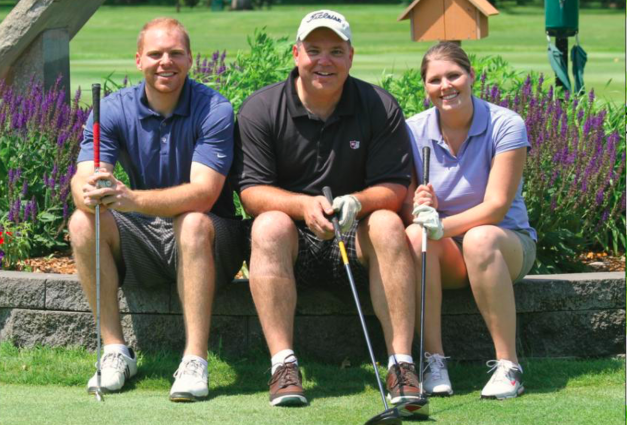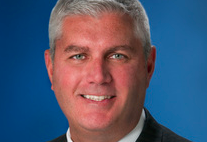Jodi’s Journal: Want to hire top talent? Ask the right questions
By Jodi Schwan
I recently wrapped up several features on small family businesses that collectively made up this month’s cover story for the Chamber News.
And – as often happens – that reporting led me to a story-within-a-story.
It comes courtesy of Dave Austad, who recounted for me what happened when his son, Ryan, moved back to Sioux Falls a couple of years ago to work for the family business.
Ryan had spent seven years with the research organization Gallup Inc.
“His job was assessing people talents and getting the right people in the right job,” Dave explained.
So when Ryan came back to Sioux Falls, he brought a new perspective to the family business that has led to an interesting change in how Austad’s now hires.
What he did first is a good example for most entering a new role: He asked a lot of questions, and he listened.
The goal was to talk to sales associates and fitters who were in the company’s top 5 percent of performers. And then he wanted to talk to a sampling of all others in the same role.
“My first few weeks I just interviewed people here, and I didn’t know exactly what I’d find,” Ryan told me, adding that he wanted to figure out “what does our very, very best look like and what does everybody else look like.”
The first surprise was that the top 5 percent all looked, from the outside, like very different individuals. They didn’t appear to operate the same way, but after asking each about 100 questions, common themes started to emerge.
“The underlying foundational talent is they’re super competitive and goal-oriented,” he learned. “They bring a lot of energy to what they do. And they’re extremely positive.”
Here’s how he figured that out. The top performers answered a few key questions noticeably different than average or below-average performers.
First, Ryan asked, “Are you a good loser?”
Most people in an interview situation will say “I don’t like to lose, but I’m gracious, and it’s an opportunity to learn and get better,” he said.
Top performers in sales answer differently.
They say, “No. I hate to lose. It bothers me. If I lose, I will do everything to make sure it doesn’t happen again,” he said.
To find out how goal-oriented employees were, he asked an open-ended question:
“What does a great day look like for you?”
Most average or below-average performers say: “Customers are happy. We’re helping people, and everybody is working together.”
The top salespeople said: “I had a goal, and I accomplished it. I had a number, and I hit it. Or as a store, we had a number and we hit it.”
To determine energy level, Ryan asked, “How do you relax?”
If people answered they played video games or watched movies, “they’re generally not a super driven person,” he said. “But if they say, ‘I love to work out’ or ‘I go running’ or ‘I go to my garage and tinker,’ it means generally their talent set is ‘I always want to be busy and doing something, and I have a lot of energy.’ ”
And finally, he asked, “How do you feel when someone disagrees with you?”
At this point, he figures the person is trying to figure out what he wants to hear.
“They usually say it’s great and it’s an opportunity for discussion,” he said. “And if you’re hiring for a teaching role, that’s probably the answer you want. But for a sales role, we found our best people say if you disagree with me, I want to make sure I articulate my point of view … but they stay positive and try to communicate it.”
From that initial analysis, he came up with a set of 45 questions that Austad’s uses with new applicants. He has done a similar process for manager roles.
“So before anyone can be interviewed, Ryan interviews them and scores them, and if they reach a certain threshold, the manager can interview them,” Dave said. “And the quality of our salespeople has gone up substantially. We’d have someone interview them in the past, but maybe they weren’t asking the right questions.”
There have been a few new hires that might not have made the cut before the new system, Ryan added, “and those are some of our best people — not that we don’t have misses now and then, but the goal is fewer.”
The approach also helps in developing employees once they’re hired, he said. For example, if a fitter was hired based on meeting several key areas but scored lower on energy, Austad’s will create a development plan to keep the employee engaged and productive. That might involve a contest to utilize the person’s competitiveness, for instance.
And given how I mentally answered Ryan’s questions, I’m at least reassured that if this entrepreneurial thing doesn’t work out, I probably can sell golf clubs.








